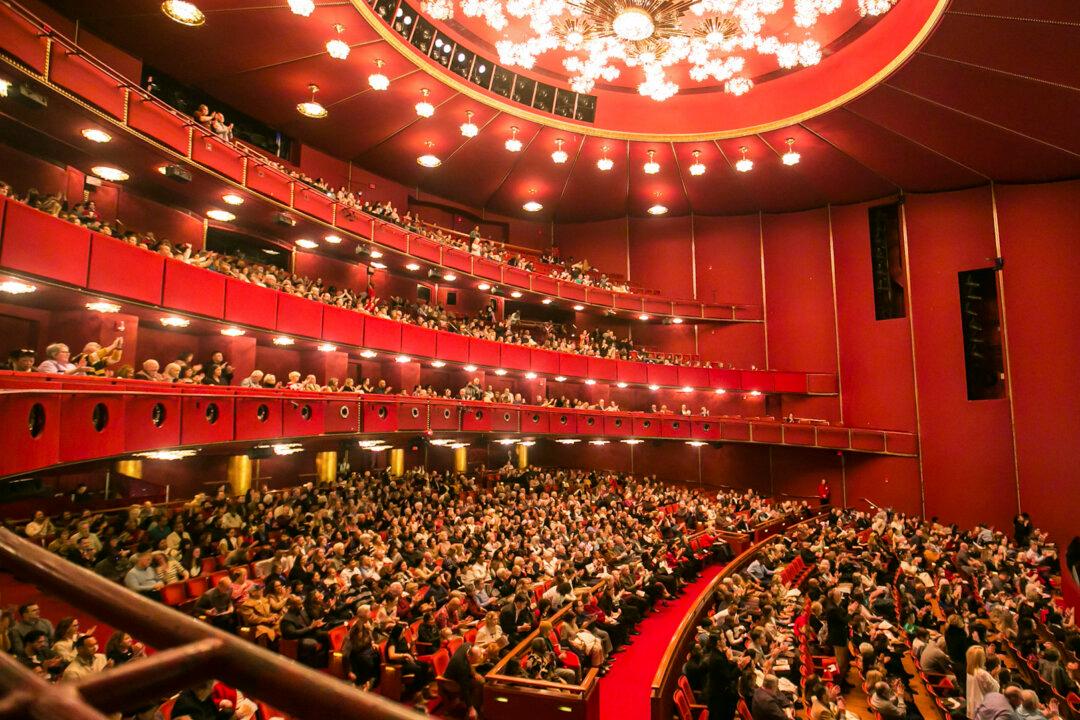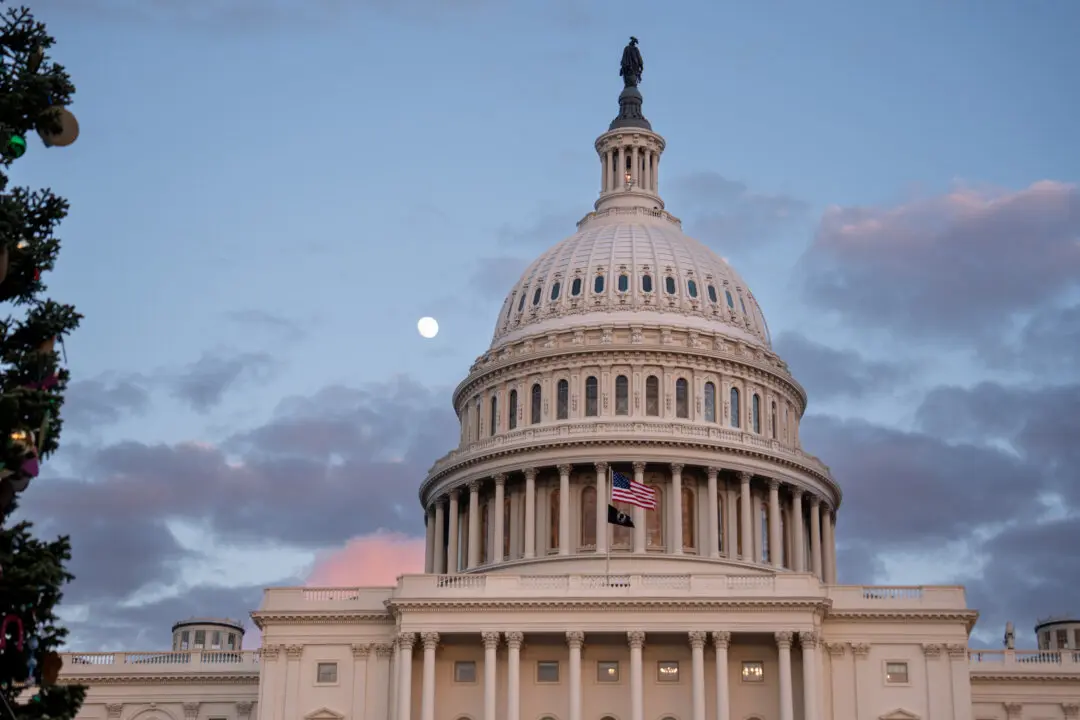Henry Purcell’s Baroque masterpiece “Dido and Aeneas” is one of the most famous English operas. The last aria, “Dido’s Lament,” is a showstopper.
The heartbreak and outpouring of emotion as the Queen of Carthage parts with Aeneas, who must continue on toward Rome, is not just incredibly moving, but memorable.






